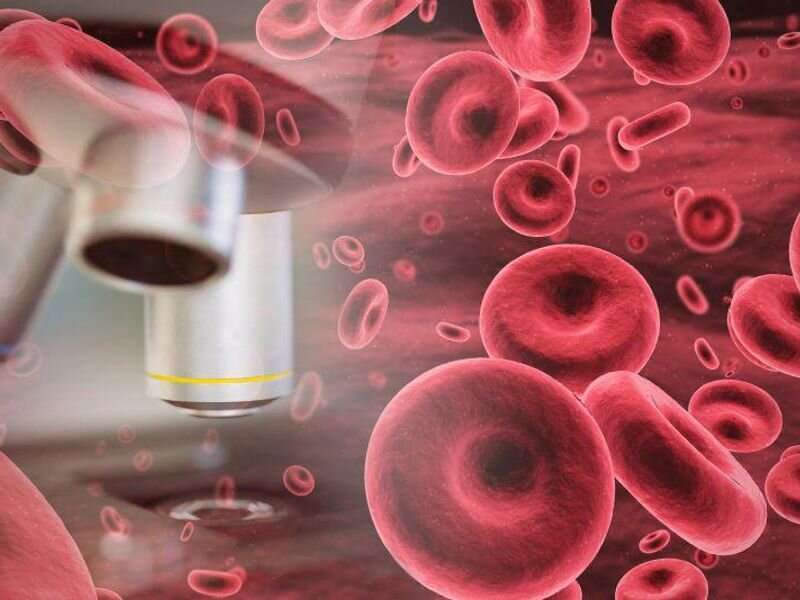
For patients with hematologic malignancies, septic shock is associated with high mortality rates and poor 90-day survival, according to a study published in the January issue of the Journal of the National Comprehensive Cancer Network.
Nirmala K. Manjappachar, M.D., from the University of Texas MD Anderson Cancer Center in Houston, and colleagues describe short-term outcomes and independent predictors of 28-day mortality in adults with hematologic malignancies and septic shock. Data were included for 459 hematologic patients with septic shock admitted to the intensive care unit from April 2016 through March 2019.
The researchers found that 23.7 percent of the patients received hematopoietic stem cell transplant. Nonsurvivors had a higher Charlson comorbidity index, longer length of stay before admission to the intensive care unit, and greater severity of illness at diagnosis and through the hospital course. At 28 days, the mortality rate was 67.8 percent and increased with an increasing sequential organ failure assessment score on admission, respiratory failure, and maximum lactate level (odds ratios [ORs], 1.11, 3.12, and 1.16, respectively). Lower 28-day mortality was seen in association with aminoglycosides administration (OR, 0.42), serum albumin (OR, 0.51), and granulocyte colony-stimulating factor (OR, 0.40). In 81.6 percent of patients, life support limitations were present at death. Overall, 19.4 percent of the patients were alive after 90 days.
“We must develop preventive strategies to reduce infection rates in patients with blood cancers and promote early detection of sepsis before it progresses to septic shock,” a coauthor said in a statement.
One author reported serving on a data safety monitoring board for Cellenkos.
HealthDay

